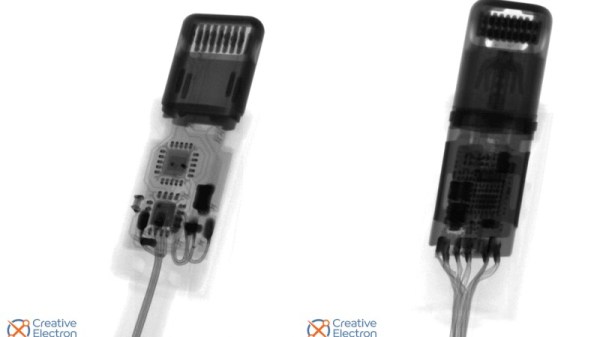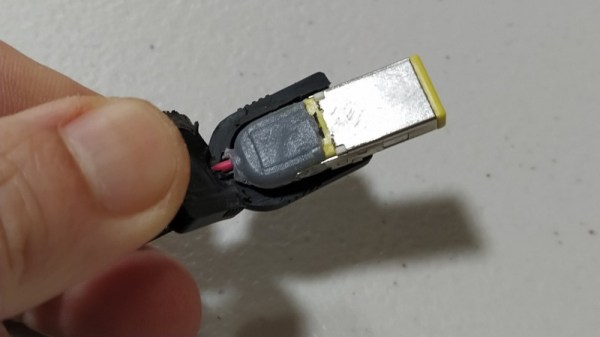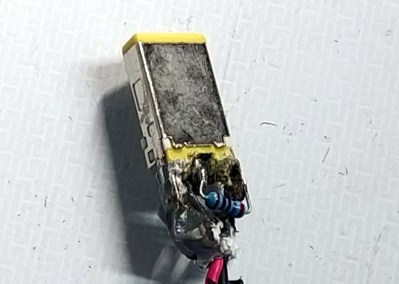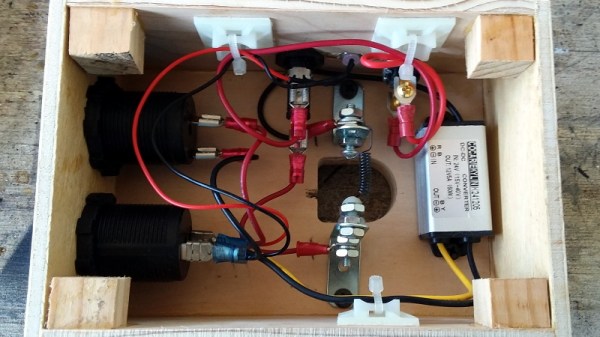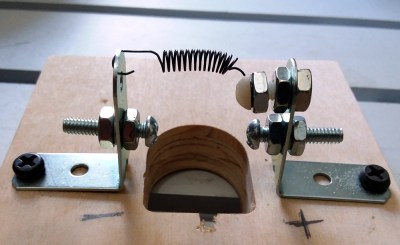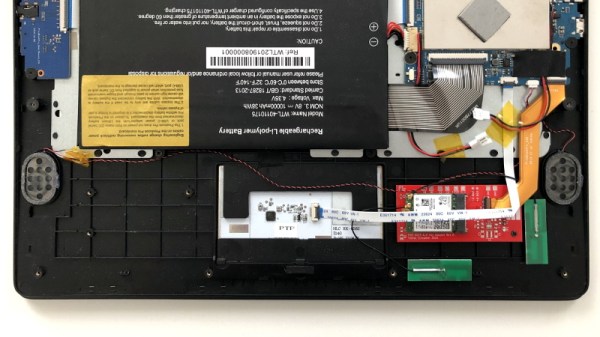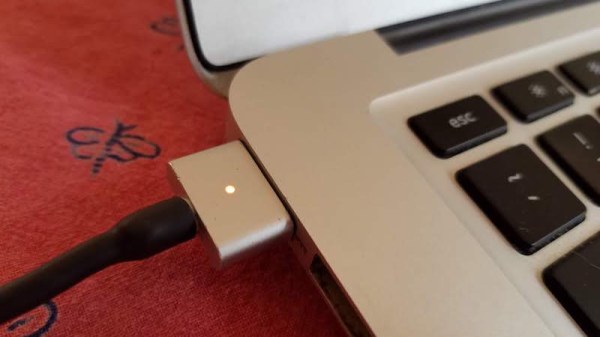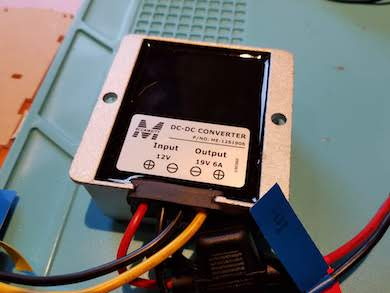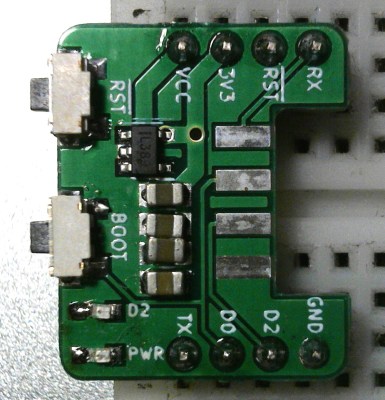Lets face it, the knock-off variety of our favourite adaptors, cables and accessories are becoming increasingly challenging to spot. We would be the first to admit, to have at some point, been stooped by a carefully crafted counterfeit by failing to spot the tell-tale yet elusive indicators such as the misplaced font face, the strategically misspelled logo or perhaps the less polished than expected plastic moulding and packaging. When you finally come around to using it, if you are lucky the item is still more or less functionally adequate, otherwise by now the inferior performance (if not the initial cost!) would have made it pretty obvious that what you have is infact a counterfeit.
[Oliver] recently found himself in a similar situation, after acquiring a seemingly original Lightning to Headphone Adaptor. Rather than dismay, [Oliver] decided to channel this energy into an excellent forensic investigation to uncover just what exactly made this imitation so deceptive. He began by comparing the packaging, printed typeface and the plastic moulding, all of which gave very little away. [Oliver] concluded that atleast superficially, the clone was rather good and the only way to settle this was to bring out the X-ray, of course!
The resulting images of the innards make it blatantly obvious as to why the adaptor is indeed very fake. For a start, compared to the original adaptor, the clone hosts a far more thin BOM count! If you are really serious in getting some training to better spot counterfeits, check out a post we featured earlier on the subject!

